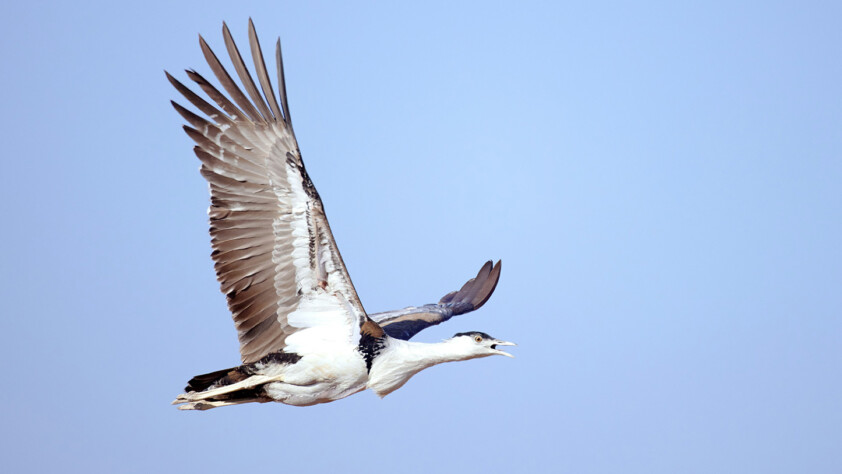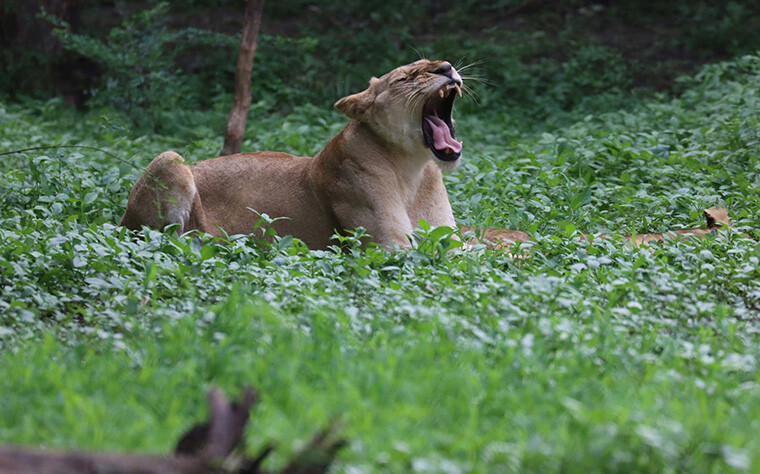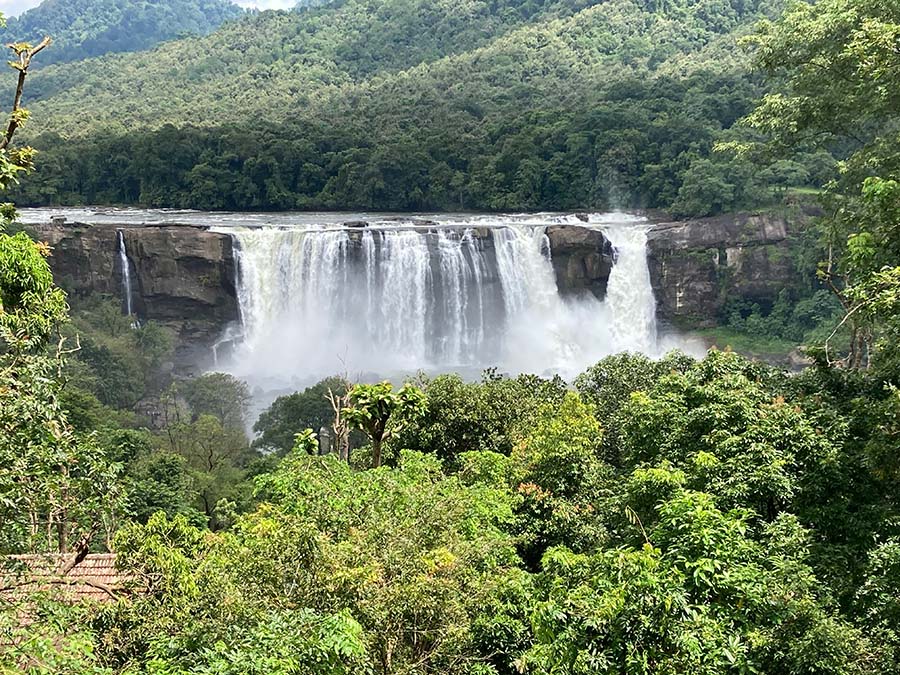
Rain, an essential component of Earth’s ecosystem, has profound effects on Indian wildlife. The diverse landscapes of India, from the tropical rainforests of the Western Ghats to the arid Thar Desert, experience varying patterns of rainfall, each influencing wildlife in unique ways. This article explores the positive and negative impacts of rain on Indian wildlife, highlighting the intricate balance that exists between weather patterns and ecological health.
Positive Effects of Rain on Indian Wildlife
1. Enhanced Biodiversity and Habitats:
- Forests: The monsoon transform India’s dry forests into lush green habitats, promoting the growth of flora. This increase in vegetation supports herbivores like deer, elephants, and various bird species, which in turn sustain predator populations, such as tigers and leopards.
- Wetlands: Rains replenish wetlands and water bodies, creating breeding grounds for amphibians, reptiles, and birds. For example, the Bharatpur Bird Sanctuary in Rajasthan becomes a haven for migratory birds during the rainy season.
2. Reproductive Cycles and Breeding Seasons:
- Many wildlife species in India time their breeding seasons with the monsoon to take advantage of the abundant food and water. Amphibians, like frogs and toads, breed prolifically during this period, benefiting from temporary ponds and streams.
- Reptiles like the Indian cobra also breed during the monsoon, ensuring that their offspring hatch when prey is plentiful.
3. Improved Food Availability:
- Herbivores: The monsoon rains lead to a surge in plant growth, providing ample food for herbivores. Elephants, gaur, and various deer species thrive during this period.
- Carnivores: With the abundance of prey, carnivores such as tigers, leopards, and wild dogs find it easier to hunt, ensuring their survival and that of their young.
4. Aquatic Ecosystems:
- Rivers, lakes, and ponds swell with monsoon rains, supporting aquatic life. Fish populations increase, providing food for birds like kingfishers, herons, and eagles.
- Wetlands and marshes, vital for the survival of many species, are rejuvenated by it, supporting a rich diversity of life.
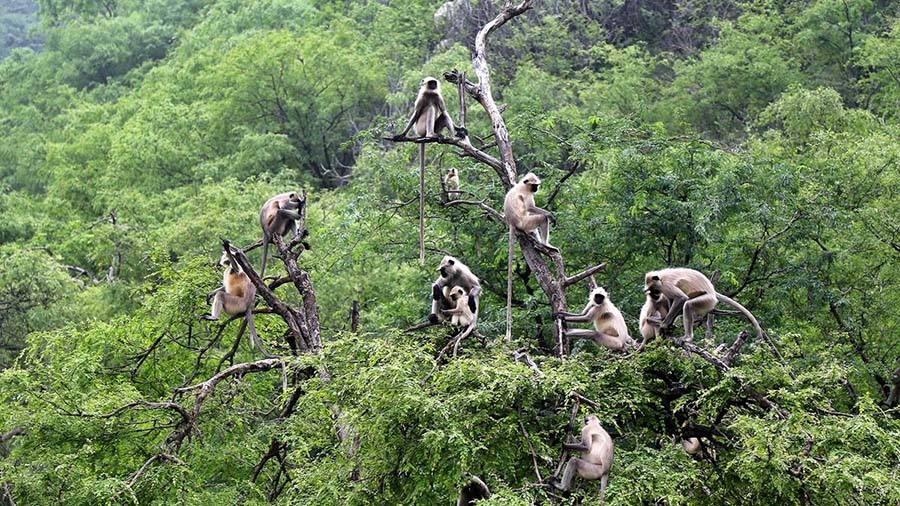
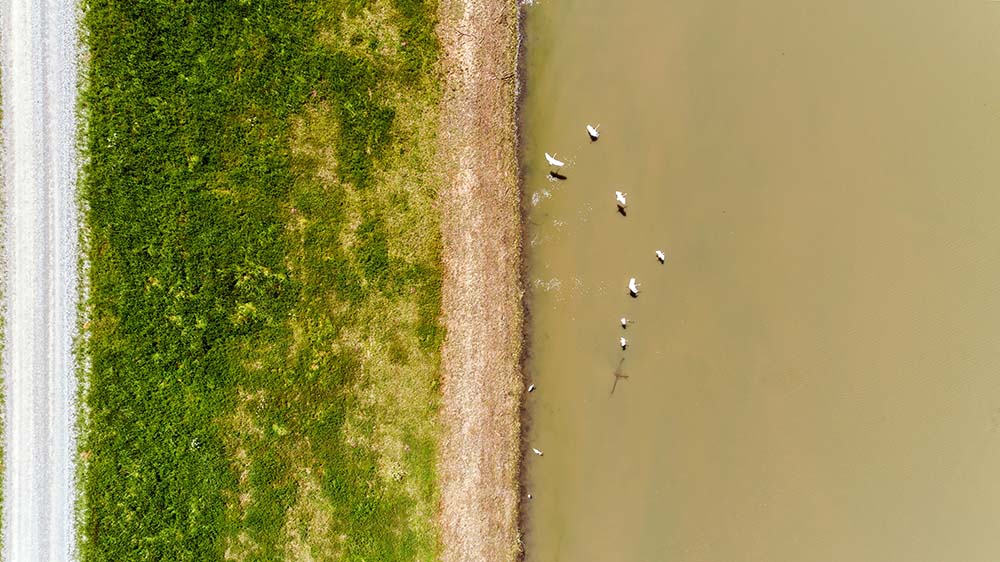
Negative Effects of Rain on Indian Wildlife
1. Flooding and Habitat Destruction:
- Excessive waterfall can lead to flooding, destroying habitats and causing displacement or death of wildlife. Floods in Assam, for instance, often impact the Kaziranga National Park, threatening the lives of its famed rhinoceros and other animals.
- Soil erosion due to heavy rains can degrade habitats, affecting plant growth and leading to loss of food sources for herbivores.
2. Disease Outbreaks:
- Standing water from heavy rains can become breeding grounds for mosquitoes and other parasites, leading to the spread of diseases among wildlife. This can have devastating effects on populations already under stress from habitat loss and other threats.
- Wet conditions can also lead to fungal infections and other diseases in both flora and fauna.
3. Disruption of Reproductive Cycles:
- While rain supports breeding, unpredictable and heavy waterfall can disrupt reproductive cycles. Nesting sites for birds can be destroyed, eggs can be washed away, and young animals may struggle to survive in waterlogged conditions.
- Marine Turtles: In coastal areas, heavy waterfalls can flood turtle nesting sites, drowning eggs and reducing hatchling survival rates.
4. Increased Human-Wildlife Conflict:
- Flooding and habitat destruction can force wildlife to move closer to human settlements in search of food and shelter. This can increase instances of human-wildlife conflict, leading to injuries and fatalities on both sides.
- Crop Damage: Elephants and other herbivores may raid crops during the monsoon, leading to economic losses for farmers and retaliatory killings of animals.
5. Climate Change and Irregular Rainfall Patterns:
- Climate change is leading to more erratic and intense rainfall patterns, which can disrupt the delicate balance of ecosystems. Prolonged dry spells followed by intense rain can be particularly damaging.
- Droughts: In contrast, insufficient rain during the monsoon season can lead to droughts, stressing water sources and reducing food availability for wildlife.
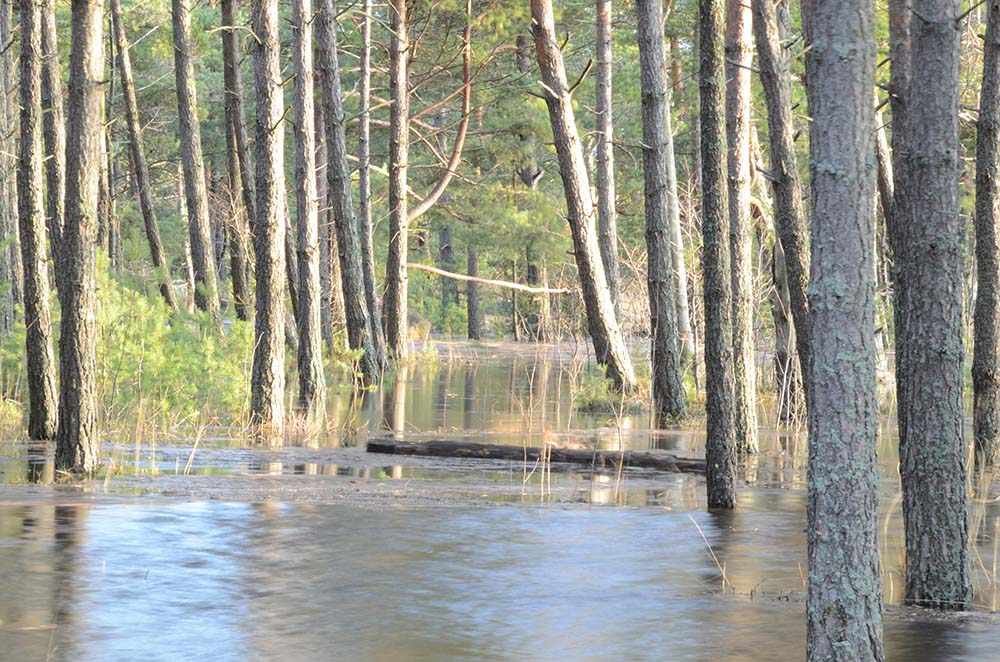
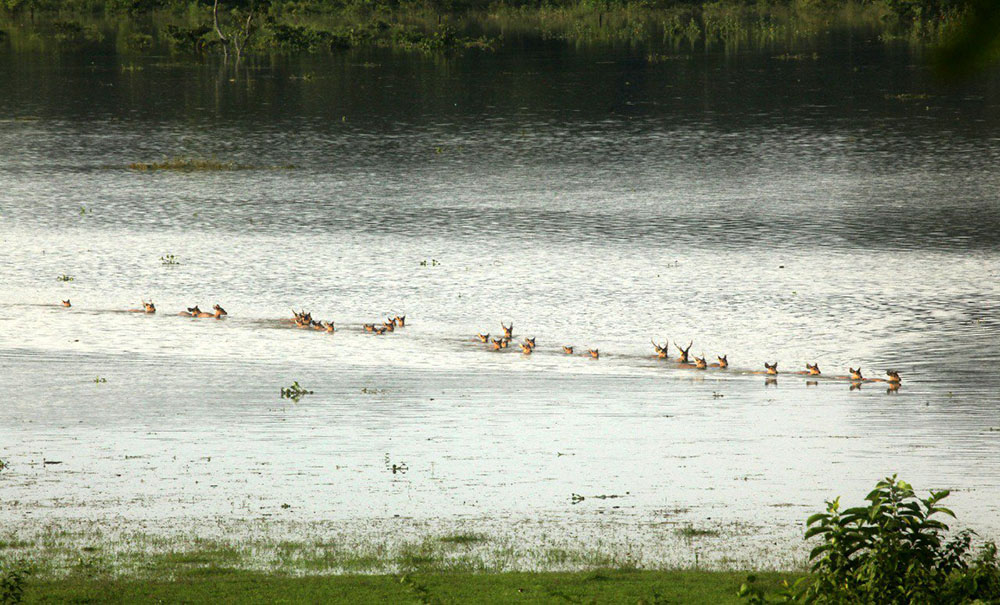
Adaptations to Rainfall
1. Behavioral Adaptations:
- Many species have evolved behaviors to cope with heavy rains. For example, elephants are known to migrate to higher ground during floods.
- Birds build their nests in areas less likely to flood, and some mammals, like the Indian tiger, may move to drier areas to avoid waterlogged habitats.
2. Physical Adaptations:
- Certain species have developed physical traits to thrive in wet conditions. Amphibians, for instance, have permeable skin that allows them to absorb water directly.
- Aquatic species, such as fish and turtles, have physiological adaptations that allow them to survive in variable water levels and conditions.
Conservation Efforts
1. Habitat Management:
- Conservationists work to manage and restore habitats to make them more resilient to the impacts of heavy rains and flooding. This includes reforestation, wetland restoration, and the creation of wildlife corridors.
- Flood management strategies, such as constructing embankments and creating artificial high grounds, help protect wildlife during extreme weather events.
2. Monitoring and Research:
- Continuous monitoring of wildlife populations and their habitats helps identify and mitigate the effects of extreme weather. Research into the impacts of climate change on rainfall patterns and wildlife is crucial for developing effective conservation strategies.
- Early warning systems and community-based monitoring can help protect both wildlife and human populations from the adverse effects of flooding and other weather-related events.
3. Community Involvement:
- Involving local communities in conservation efforts ensures the sustainable management of natural resources. Education and awareness programs about the importance of wildlife and their habitats can reduce human-wildlife conflicts.
- Community-led initiatives, such as eco-tourism and sustainable agriculture, provide economic incentives for local people to protect wildlife and their habitats.

